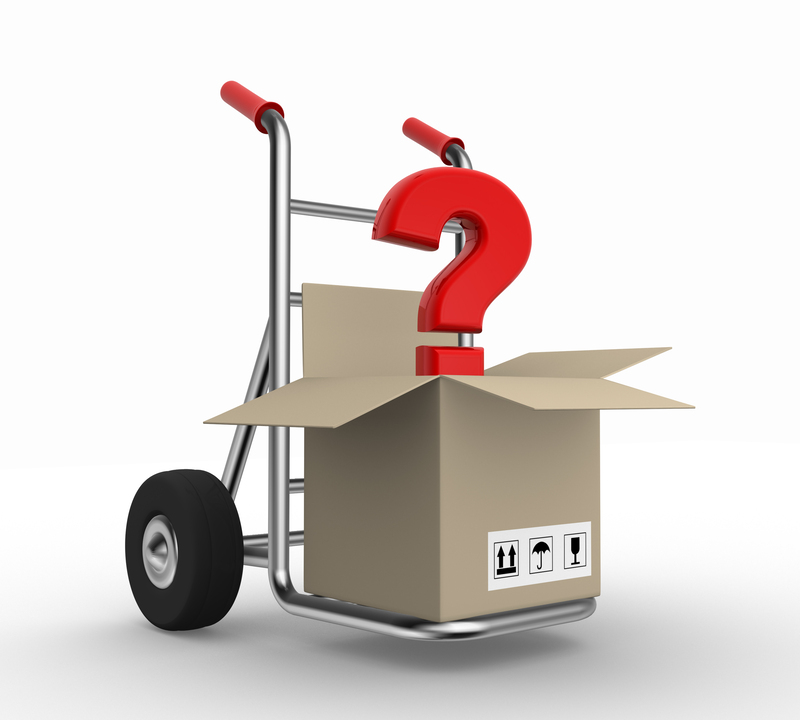From Stairs to Tight Corners, Why Piano Moving Calls For Experienced Hands
Piano moving is far more complex than shifting ordinary furniture. Whether you are relocating to a new home, preparing for a renovation, or moving your instrument to a performance venue, moving a piano safely requires expertise, specialized tools, and utmost care. In this comprehensive article, we will reveal the reasons why moving a piano demands experienced hands and highlight the risks, techniques, and benefits of hiring professional piano movers.

The Unique Challenges of Piano Moving
The charm of a piano lies not only in its ability to produce music but also in its intricate inner mechanics and aesthetic appeal. Unfortunately, these same qualities contribute to the challenges of moving it. When considering piano relocation, one quickly realizes why it isn't a task for amateurs. Here are the unique attributes that make piano transport a specialized job:
- Sheer weight and size: Pianos can weigh anywhere from 300 lbs (uprights) to over 1200 lbs (grand pianos).
- Delicate moving parts: With thousands of internal components--strings, hammers, keys, and pedals--each needs protection during the move.
- Irregular shape: The design of a piano makes it awkward to grasp and maneuver, especially in tight spaces or at odd angles.
- High monetary and sentimental value: Many pianos are treasured family heirlooms or valuable investments that require careful handling.
Stairs: The Everest of Piano Moving
Few obstacles are as daunting in piano relocation as stairs. Navigating a piano up or down flights of stairs without the right skill or equipment can result in damage to the instrument, the property, or even serious injuries. Experienced piano movers approach stairways with strategic planning and specialized moving techniques.
Tight Corners and Narrow Hallways
It's not just stairs; tight corners and narrow passages pose equally significant challenges. Pianos often need to be tilted, lifted, or even partially disassembled to navigate these spaces. Novices might risk scraping the instrument or walls, whereas professional movers know precisely how to pivot, protect, and maneuver safely.
The Hidden Dangers of DIY Piano Moving
Risk of Physical Injury
Attempting to move a piano without adequate training often ends in strained backs, crushed fingers, or much worse. The significant weight of a piano, when mishandled, can easily lead to severe injury. Professional movers are trained in safe lifting techniques, ensuring both their safety and that of your instrument.
Damage to the Piano
- Scratches, dents, and chips to the piano's exterior
- Broken legs or pedals
- Internal misalignment, causing tuning or mechanical issues
Even a small mishap can lead to costly repairs. A little-known fact is that improper piano moving can ruin the complex tuning and voice of the instrument, diminishing its value and playability.
Potential Damage to Property
Your walls, floors, and doors are also at risk during a move. Without proper protection and maneuvering, it's common for untrained movers to leave unsightly marks or even cause structural damage. Professionals use padding, sliders, and protective wraps to minimize these risks.
Why Experience Matters in Piano Moving
Given these risks, it's no wonder that professional piano movers are highly recommended for any serious relocation. But what exactly do these specialists bring to the table?
Specialized Equipment
Professional movers invest in tools specifically designed for moving pianos:
- Piano dollies and skid boards for safe ground movement
- Heavy-duty straps for secure lifting
- Padded blankets and wraps for protection
- Custom-built ramps for stairs or trucks
Attempting to move a piano without these specialized tools is a recipe for disaster, which is why seasoned movers never cut corners on equipment.
Extensive Training and Teamwork
Moving a piano isn't a one-person job. It demands coordination, communication, and practice. Professional crews have the experience to anticipate problems and work together seamlessly, which is especially crucial when navigating narrow staircases or tight corridors.
Expertise in Piano Disassembly and Reassembly
Certain moves require disassembling delicate parts or even partially taking apart the piano. Whether removing legs from a grand piano or disconnecting pedals, trained movers know how every component fits and can reassemble your instrument to its original condition.
The Step-By-Step Process of Expert Piano Movers
Moving a piano isn't just about brute strength--it's about precision and planning. Here is the general process that an experienced piano moving company follows:
- Pre-Move Assessment: Movers assess the piano, noting its type, size, weight, and the layout of the move (stairs, tight turns, etc.).
- Protection: They carefully wrap the piano to safeguard against scratches, remove any detachable parts, and secure the instrument.
- Lifting and Maneuvering: Using appropriate equipment and team strategies, movers lift and position the piano for transport, carefully negotiating stairs and corners.
- Transportation: The piano is safely loaded into a climate-controlled truck to guard against humidity and temperature changes that could harm the instrument.
- Delivery & Reinstallation: On arrival, the process is reversed, with expert reassembly and placement in the desired spot.
Benefits of Hiring Professional Piano Movers
By relying on experienced piano moving services, you gain significant benefits:
- Peace of mind: Knowing your valuable instrument is in capable hands
- Insurance: Professional movers are insured, covering potential damage
- Less stress and no risk of injury
- Precision placement: Your piano will arrive in tune and in top condition
Choosing a specialist ensures the piano's safety, sound quality, and longevity, turning what could be a nerve-wracking ordeal into a smooth experience.
Common Types of Pianos and Moving Considerations
Let's explore the specific challenges presented by different pianos and how experienced piano movers handle each variation:
Upright Pianos
Generally more compact, but still very heavy. Proper bracing, wrapping, and careful maneuvering are essential--especially on stairs.
Grand and Baby Grand Pianos
Wider and heavier than uprights, requiring disassembly of the legs and pedals. The awkward shape means navigating corners is particularly tricky.
Digital Pianos and Organs
Less heavy, but still need protection for the buttons, speakers, and electronics. Professional movers prevent both physical and electronic damage.
Preparation Tips for Homeowners and Businesses
While you should always leave the heavy lifting to the experts, you can prepare for a smooth piano move:
- Clear the path of obstacles--remove rugs, furniture, and decor
- Take measurements of doorways, hallways, and stairwells to relay information to movers
- Protect other valuables along the path of the move
- Inform your movers about any twists, low ceilings, or unusual hazards
How to Choose a Qualified Piano Moving Company
Not all moving companies are equal when it comes to piano transportation. Here is what to look for when hiring the right team:
- Experience and expertise with pianos specifically, not just general furniture
- Reputation: Check reviews, testimonials, and referrals from music professionals or piano shops
- Proper equipment: Ask what tools and vehicles they use
- Insurance coverage for both transport and on-premises moves
- Competitive pricing: While it's tempting to look for bargains, remember skill matters more than cost for valuable instruments

FAQs About Piano Transportation and Moving
Can I move a piano by myself with a few friends?
While it's technically possible, strong advice is to never attempt moving a piano without professional help. The risks of injury, damage, and long-term instrument issues far outweigh any potential cost savings.
How do professional movers protect the piano?
Padding, wrapping, disassembly, and the use of custom equipment all form part of a professional's toolkit for safeguarding your instrument from dings, scratches, or costly internal damage.
Do I need to retune the piano after moving?
Typically yes. Even gentle moves can cause minor de-tuning. Most experts recommend tuning after a major move, especially if the piano has been exposed to different humidity or temperature levels during transport.
Conclusion: Trusting Only Experienced Professionals for Piano Moves
In summary, piano moving is a demanding, high-stakes task that goes far beyond typical household moving. The weight, delicacy, and value of these instruments mean that every stair, corner, and narrow hallway presents an obstacle only years of experience can overcome. Don't risk your wellbeing or the integrity of your beloved piano--always entrust your instrument to skilled, professional piano moving services. Their expertise is an investment in your piano's future, ensuring it will fill your spaces with beautiful music for generations to come.
From stairs to tight corners, piano moving truly calls for experienced hands!



